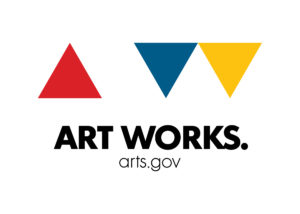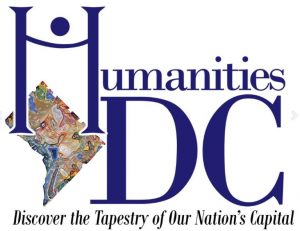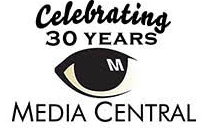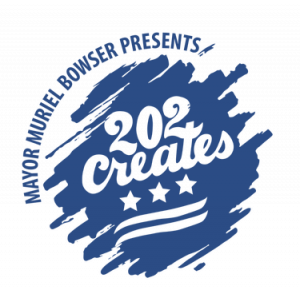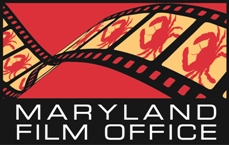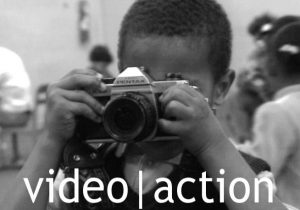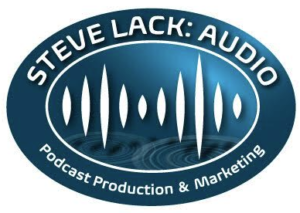by Ann Emerson
Claudia and Megan are not just masters of screenwriting – they are masterful teachers as well. They started by asking, “What do you want to get out of this class?” After eliciting the responses that follow, they embarked on an ambitious learning plan, to ground each topic in real details and real understanding, as the class critiqued summaries or pages from each attendee.
The topics:
—Access to industry/representation—Craft—When to start writing—Starting a writing career—Story structure/compelling storytelling—How to start strong—Building connections—Adaptations—How to vet a story—When do you know/What’s my story, film, series or TV–Writer’s block—Getting to the end—Independent vs. studio—Visual storytelling—Pacing—Tone—Character development—New connections—Specifics of formatting—Pitching-When is a script ready–Rewrite process
With scripts ranging from comedies with impersonation to starship adventures to stark drama, the class listened to observations that brought home the lessons.
In summarizing on Saturday afternoon, Claudia and Megan converged on how important the small things are, how craft is essential. Everything must be set up, in order for it to be paid off.
Stories that fail to resonate may not have high enough stakes. As Claudia pointed out, we, the audience, “can care about anything.” It’s all a question of what the choices made by the protagonist represent. Harder choices with higher stakes make a stronger story.
What do we mean by a “draft”? When you are ready to show your screenplay to someone, that’s something you could describe as a “draft”. A second draft would result when the writer systematically addresses something, for example, character development.
Claudia and Megan described the hierarchy of note-giving: it starts with first producers and goes up the line to second producers, studios, directors, and even the new director that takes over for the old. Taking notes is a foundational skill. Claudia tells her students, “You just have to listen. You can’t respond.” Writers have to avoid being resistant or defensive. It’s a skill that has to be cultivated. Writers need to partner with everyone involved. It’s not just that writing can’t be an ego thing, it’s also that it’s in your interest for your story to be told in the most powerful way possible. And anytime someone makes a change in your story, they will be more loyal to that product and seeing it get made; they’ll have skin in the game. A player who gives notes will feel creatively connected, and can pitch more enthusiastically to those above; they’re invested. Claudia described her perspective. After initially being frustrated with notes, she realized that some changes could be real improvements when seen in the cold light of day, and others wouldn’t necessarily make her story better, but wouldn’t make it worse, either. Accepting these changes graciously, and making nice, might give a writer some room to resist changes that were clearly bad. Taking notes can develop rapport, buy credibility, and show the writer to be accommodating while demonstrating integrity.
When people give notes, they may tell you a “fix” – what you need to do differently. The fix may be off, but it still points to a problem. You need to analyze the “why” of the note, and address the note behind the note. The oblique expression of a problem can contribute to your clarity as the writer.
Both Claudia and Megan agree that you should work from a three-act structure. (With television being different, depending on the network) Beginning, middle, end.
The question of indie vs studio was explored by Claudia in reference to her own writing. As she said, the movie WILD OATS was not the script she wrote. Her experience led her to write, produce and direct FORT BLISS. In an independent film, there may be a tighter hierarchy, but in every case, producers, directors and actors still want their role in making the film. Television has a different hierarchy. All in all, indie filmmaking may allow more balance between the roles.
In response to organizing the story early on, Megan handwrites ideas, looks for connective moments, before finally sifting and finding what’s valuable. She underlines what might have value. Claudia put in a word for time away, taking a walk, riding the subway, letting your mind go. Free association, noodling, allow non-linear thinking. And she feels there is always room for noodling after the outline, too.
Claudia’s process is to map an idea out thoroughly before writing. She confirmed that she takes lots of notes and writes lots of things down. She figures out the ending quickly. When she has enough material, she writes her synopsis. Her outline covers important aspects of the protagonist – what internal thing he or she hasn’t worked out – and gives some idea of how the character will involve him or herself in the narrative. It’s dense, like a series of sluglines. She encourages writers to map things out so that they don’t become lost in the fog of their own brilliance – and become invested in things what will have to change. She starts writing when she’s satisfied with the outline. Having a theme at this stage can add depth.
Megan also does a macro story, an overview from which her theme emerges. Her synopsis is not scene by scene, but it does lock down on the emotional beats of the story.
In responding to writer’s block, each woman had a number of ideas. Megan uses placeholders, where she simply admits “something amazing will happen here”, but she doesn’t know what it is, then goes on to write the next scene. Or write something with the understanding you’ll come back to it: “Just fill in some dialogue, you know you’ll have to give it some deeper thought.” You may find out later what you need to know about your character to solve this. Writing is problem-solving. When you feel blocked, it’s probably because there is a structural/fundamental problem that you are not seeing. Scenes that feel wrong probably don’t work with the theme. It’s best to step back and get new perspective when something isn’t working.
They both agreed that you have to allow yourself to write the bad version first. Every screenplay is hard. They never get easy.
Writing with a partner can make the process faster, and fun. But finding a partner who complements you is important. It may be that one person is great on character, the other on plot. And someone who wants the story to get written as much as you do is important.
Both woman mentioned blogs, pitching, podcasts, virtual pitchfest and other ways to learn. Both agreed that representation isn’t necessary to start. Put yourself out there with the goal to get your film made, not to get an agent. You can distinguish yourself by getting a short film award, though in some cases, the director is recognized, not the writer.
A pitch is typically a couple of pages. An outline could range upwards from 12 pages. The character beats are the wants and needs, a structure that links plot points to the character’s journey. Claudia writes a slugline for each beat. Megan considers a beat to be “where something happens that builds on something else.” No scene should be written that lacks a beat.
Neither of the women had written a treatment and speculated that dialogue, how scenes fit together, the resolution and overall arc were important elements. Treatments seem more common in television. But the heavy lifting, ultimately, is done with the building of the story’s structure.
Resources mentioned:
Nerdist’s writer’s panel—Children of Tendu—Go Into the Story—ScriptNotes Podcast—Indiewire—Screentalk—No Film School—The Business—The Q and A with Jeff Goldsmith—On the page—Your must remember this—IMDB.pro—Jen Grisante podcasts—Save the Cat—Screenwriter’s Bible—Inside Story—Transformational—Dana Marks—Arc of Character—The Hero’s Journey—Story by Robert McKee—Michael Hauge—Linda Seger’s 2 books—How to Make a Good Story Great—Linda Aronson’s The 21st Century Screenplay—Deadline Hollywood—Aaron Sorkin’s online class—Tracking Board—
A lovely time – full of learning and encouragement! Claudia and Megan were awesome teachers! Here’s a heartfelt thank you on behalf of all the students!


